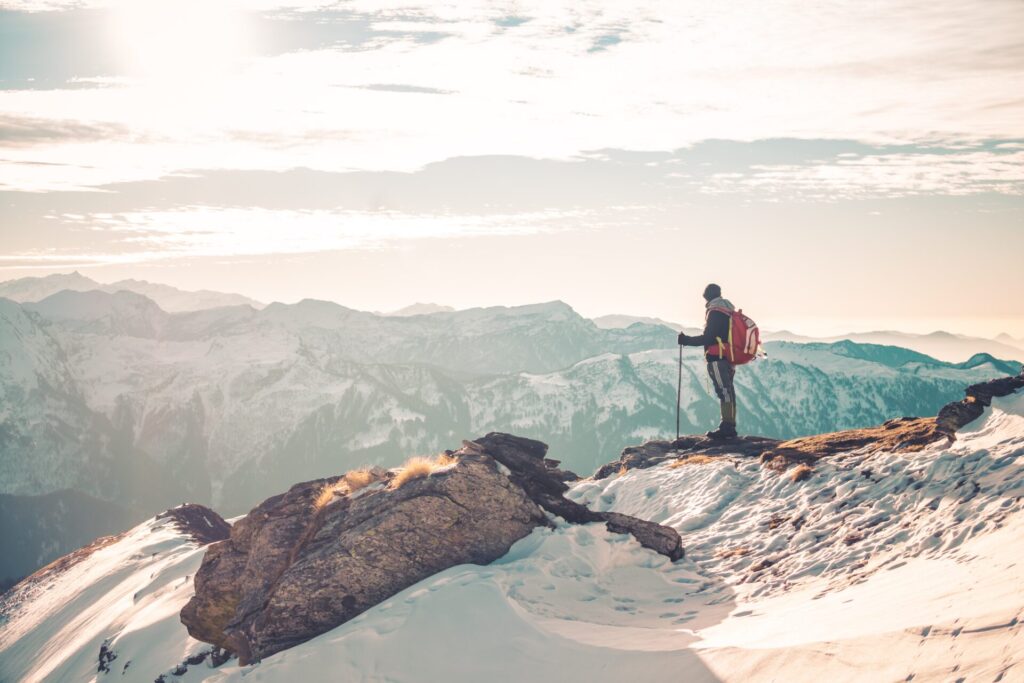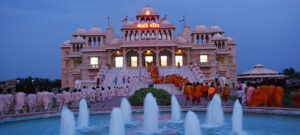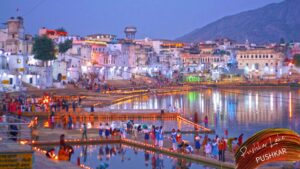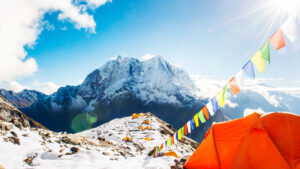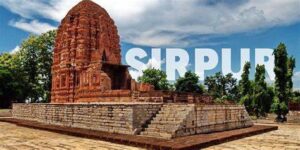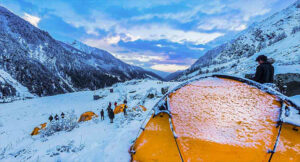Without question, one of the most exhilarating adventure activities you can engage in involves trekking in Himachal Pradesh. Himachal Pradesh offers various treks that pass through well-known locations like Triund, Kheerganga, Hampta Pass, Indrahar Pass, Malana, and many more. All of these locations ensure that you will see the captivating views of the various Himalayan ranges, which is the one and only easy thing you came to see. Families wishing to cool down in the summer, adventure seekers, hikers, photographers, backpackers, and those interested in adventurous tourism all constitute great candidates for a vacation to Himachal. The Himalayan panoramas make Himachal Pradesh’s trekking among the greatest in all of India.

Kheerganga trekking

The final impenetrable village on the Pin-Parvati pass trek to Pin Valley lies Kheer Ganga (3050 metres), which is located at the far end of Parvati Valley. The expansive sky and lush vegetation of Kheerganga are a welcome sight for tired legs and the eyes of trekkers. It serves as a sacred location featuring a hot spring, a modest Shiva temple, and a bathing area. To take a hot spring bath when everything has been covered in snow presents a unique mix for any hiker.
Tirthan Trekking
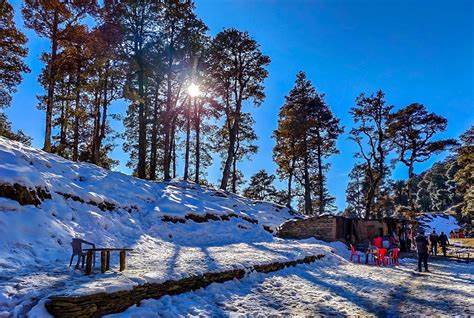
More than 375 species of wildlife, including 31 species of animals and 181 species of birds. These in the Great Himalayan National Park in the Himachal Pradesh area of Kullu. In 1999, The Great Himalayan National Park was designated as a national park. The Deodar and Oak trees make this national park’s stunning setting even more alluring.
The settlements inside the park have their own unique culture because of the area’s remote location. Each community there has its own divinity. A few fairs also held here in April, May, August, and September. To enter the Great Himalayan National Park, you need permission. The licenses for the central region of the
At the Shamshi headquarters, as well as the range offices in Ropa in the Sainj Valley and Shairopa in the Tirthan Valley, you may purchase a parking ticket.
Within the GHNP, many hiking levels remain available. There have been organized treks in all four valleys of the park, including Tirthan, Jwar Nala, Parvati, and Sainj. Which range from easy one-day hikes to challenging multi-day treks. For hikes done on separate days, guests must remember to get permission in advance from the park authority.
Prashar Lake Trekking
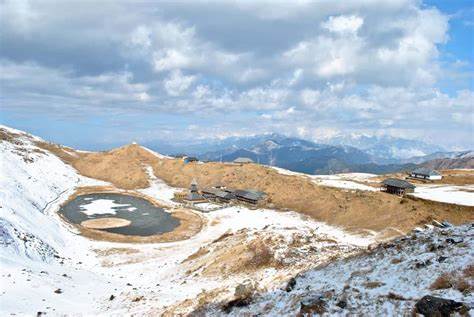
About 50 km north of Mandi lies a body of water known as Prashar Lake, that’s home to a three-story pagoda-style temple honoring the sage Prashar. The lake has deep blue waters and sits there in a holy place at a height of 2730 meters above sea level. The Kullu Valley locale, which borders the Dhauladhar ranges’ snow-capped peaks, looks down on the Beas River as it flows quickly. It’s a floating island in the lake, although it stands uncertain how deep it is.
Winters see the lake frozen, but the rest of the year it sparkles.
If you like the snow, winter (December–February) seems a fantastic time to go. The area is generally always blanketed in a heavy layer of snow throughout the winter. From the final week of December through mid-March, snow typically visible. Although the walk will be a little challenging, it will be worth it.
The months of mid-April through May are lush and lovely for travel. Avoid going during the monsoon season.
Pin Valley Park Trekking

Pin Valley National Park, located in the Lahaul and Spiti province, provides a refuge for adventurers with the Pin Valley Park Trek and a haven for nature enthusiasts. This place, which lies at a height of between 11,500 and 20,000 feet, initially opened as a wildlife park in 1987.
The Trek stands out by the area’s natural visual splendor in addition to the variety of species. Since it snows for the majority of the year, the walk becomes an exciting and daring journey. However, be careful you secure the necessary licenses. Foreign countries do not have permission into the park.
Pin Valley Area
Pin Valley Park’s core zone spans a sizable 675 sq km area, while its buffer zone remains over 1150 sq km. The endangered snow leopard, the most notable resident of Pin Valley Park, is one of the almost 20 kinds of plants and animals that call it home today. Additionally, this area provides a home to Siberian Ibex, Bharal, red fox, weasel, and marten. The area additionally serves as home to a number of bird species, including pikas, snow cocks, bearded vultures, chukars, golden eagles, griffons, Himalayan choughs, and ravens.
Stunning Pin Valley Park’s floral diversity, which contains more than 400 plant species, is extremely noteworthy. The park additionally finds pride in its two endangered plant species, juniper and birch, as well as its medicinal herbs. Winter becomes the ideal season to go on a wildlife expedition since animals move to the lower regions because of the cold weather. Tibetan Buddhism, which has gained popularity in the Valley of the Pin River and has aided in the preservation of the animals, has had a significant impact on the area.
After a certain age, everyone wants one trekking trip with their homies I will pray that among these places one becomes yours. do share your experience and your story of that trip.Stay tuned for more updates.

